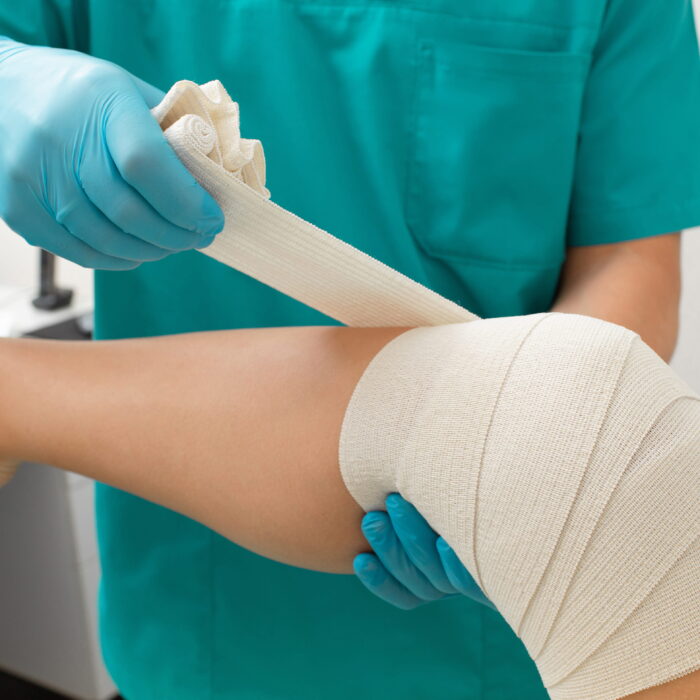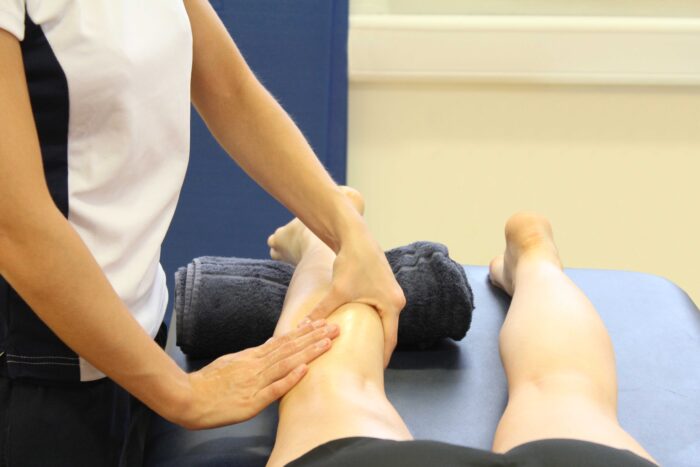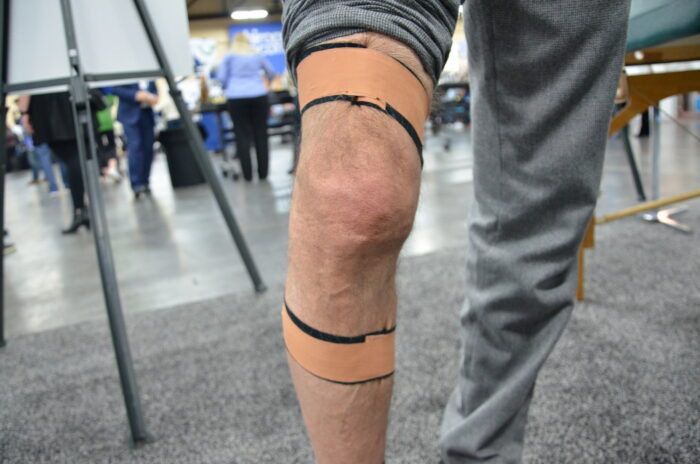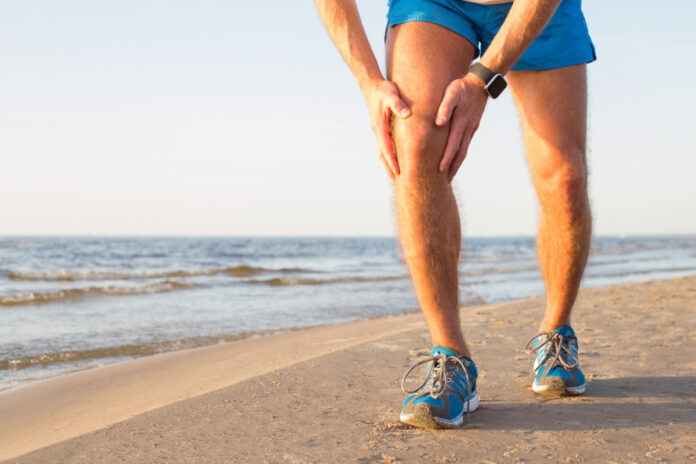Recovering from a torn meniscus is no easy task It requires careful attention to the healing process, along with patience and dedication.
This article will provide an overview of what to expect during recovery from a torn meniscus, as well as tips for making the road back easier Well discuss different treatments, how long it may take for symptoms to improve, and potential complications that could arise during recovery.
With the right mindset and care plan in place, you can look forward to getting back on your feet after your injury
Surgical Options

Surgical options for a torn meniscus include arthroscopic surgery and open knee surgery Arthroscopic surgery is a minimally invasive procedure that allows surgeons to repair the tear through small incisions using specialized instruments.
Open knee surgery involves making one larger incision in order to access the damaged tissue, giving surgeons greater visibility and more maneuverability with their tools Both procedures have potential risks such as infection, blood clots, nerve or muscle damage, as well as postoperative pain and stiffness; however, surgical treatments can result in faster recovery times and better long-term outcomes compared to non-surgical treatments.
Ultimately, your doctor will help you decide which option is best for you based on your individual medical history and circumstances surrounding your injury
Physical Therapy Exercises to Strengthen the Knee
Physical therapy exercises to strengthen the knee is an important part of recovering from a torn meniscus After initial treatment, strengthening and stretching exercises can help improve mobility in the knee joint, reduce pain, and limit further injury.
Examples of physical therapy exercises for a torn meniscus include leg lifts, squats and calf raises Leg lifts target muscles around the knee such as quadriceps.
Squats involve bending at the knees to build strength in both legs while also providing stability for the entire lower body Calf raises increase flexibility and range of motion by building strength in your calves which helps support your knees when walking or running.
Additionally, stationary biking provides low-impact aerobic exercise that increases blood flow to your injured area while helping maintain muscle tone without stressing other joints so its ideal for those with existing injuries like a torn meniscus
Pain Management Strategies

When recovering from a torn meniscus, there are several strategies for managing pain One of the most important is rest and physical therapy.
Rest allows the body to heal while avoiding further injury or damage Physical therapy helps patients develop strength, flexibility and balance that can help in the healing process.
Additionally, stretching exercises can be used to reduce inflammation and improve range of motion Ice packs may also provide relief by reducing swelling and soreness around the affected area.
Over-the-counter medications such as ibuprofen or acetaminophen can be helpful in controlling discomfort as well as prescription medications if needed Finally, alternative treatments like acupuncture or massage can aid in reducing pain levels during recovery from a torn meniscus.
When You Can Return to Normal Activities
When it comes to returning to normal activities after a torn meniscus, the timing varies from patient to patient.
During recovery, you should follow your doctors orders and listen closely to their advice Your doctor will likely recommend rest for at least several weeks and in some cases up to two months or more.
As you progress through your recovery, your doctor may recommend physical therapy exercises designed specifically for knee rehabilitation You can begin light stretching exercises as soon as possible and gradually increase intensity over time with guidance from your therapist or physician.
Once cleared by medical professionals, you can start resuming regular activities such as jogging, sports and any other recreational activity that does not cause pain or discomfort in the knee area It is important that you listen closely to what your body is telling you during these activities; if there is any pain then stop immediately until advised otherwise by a medical professional.
With proper care and attention during rehabilitation of a torn meniscus, many people are able to return back to leading an active lifestyle with minimal disruption of their daily lives!
Conclusion

Recovery from a torn meniscus can be lengthy, but with the right treatment and rehabilitation plan, it is possible to return to regular activities Torn meniscus treatment typically involves physical therapy exercises and strengthening of the muscles around the knee.
With patience, dedication to your recovery plan, and support from medical professionals, you will likely experience good results in terms of reducing pain and restoring joint stability.





